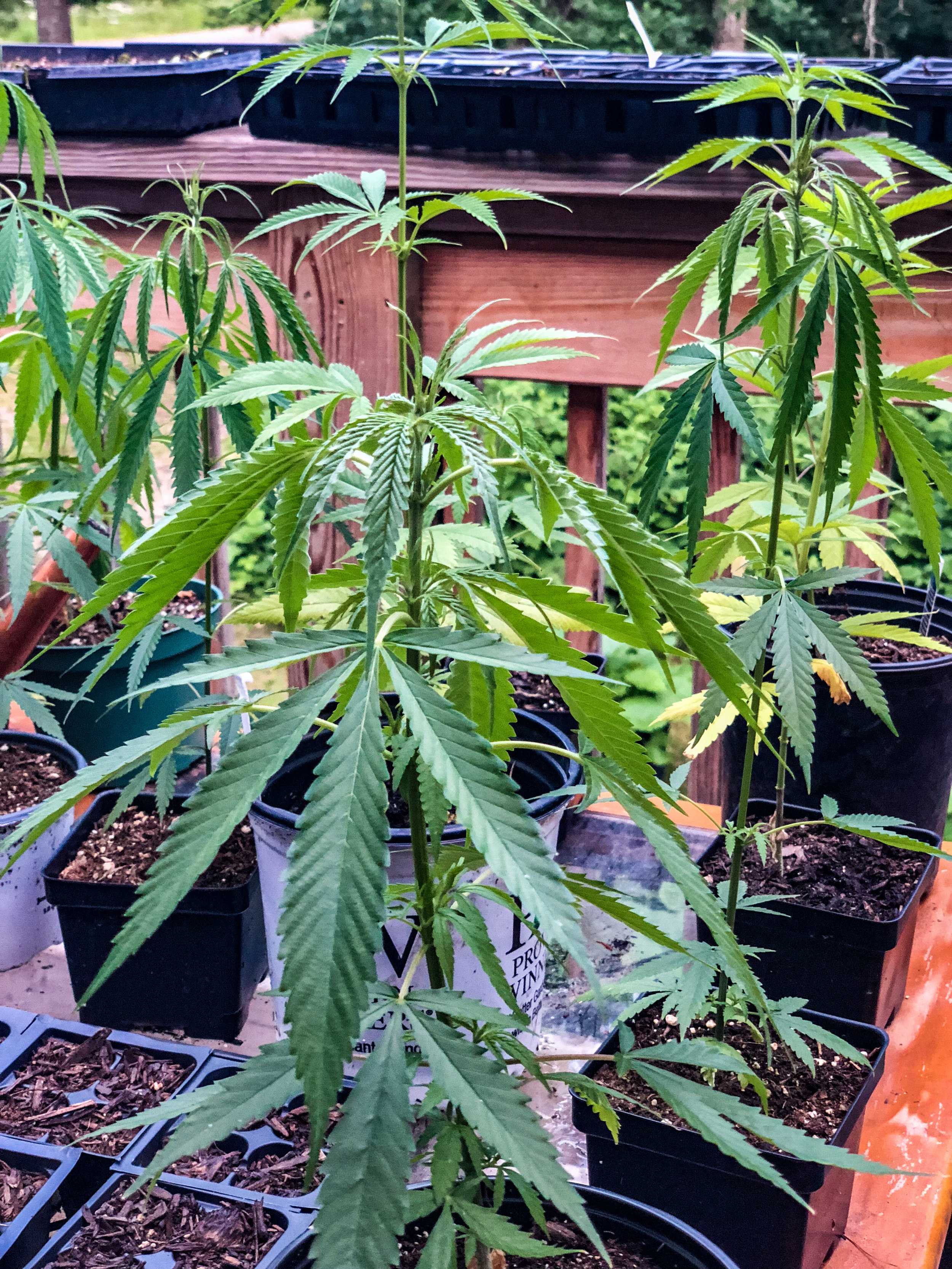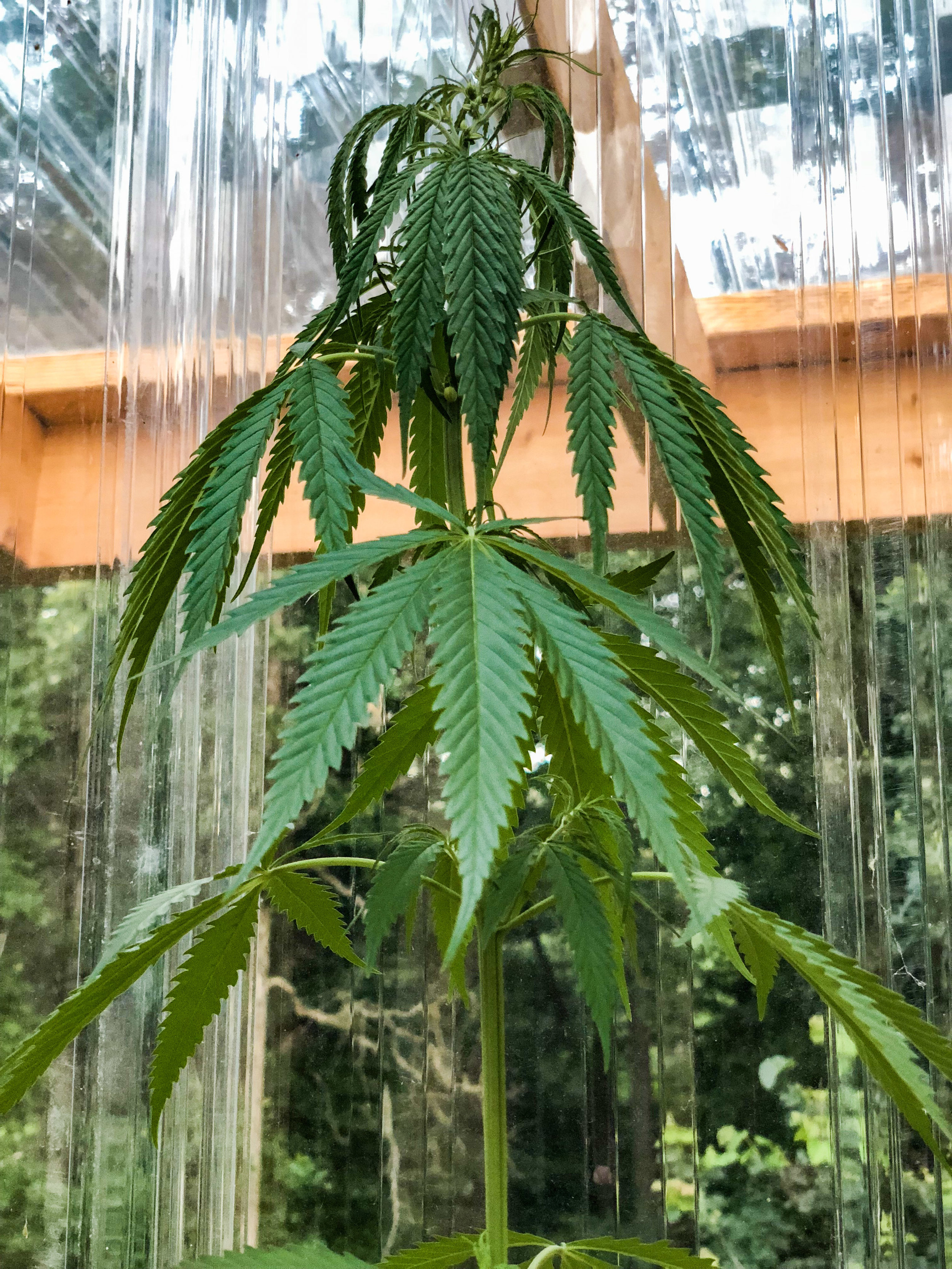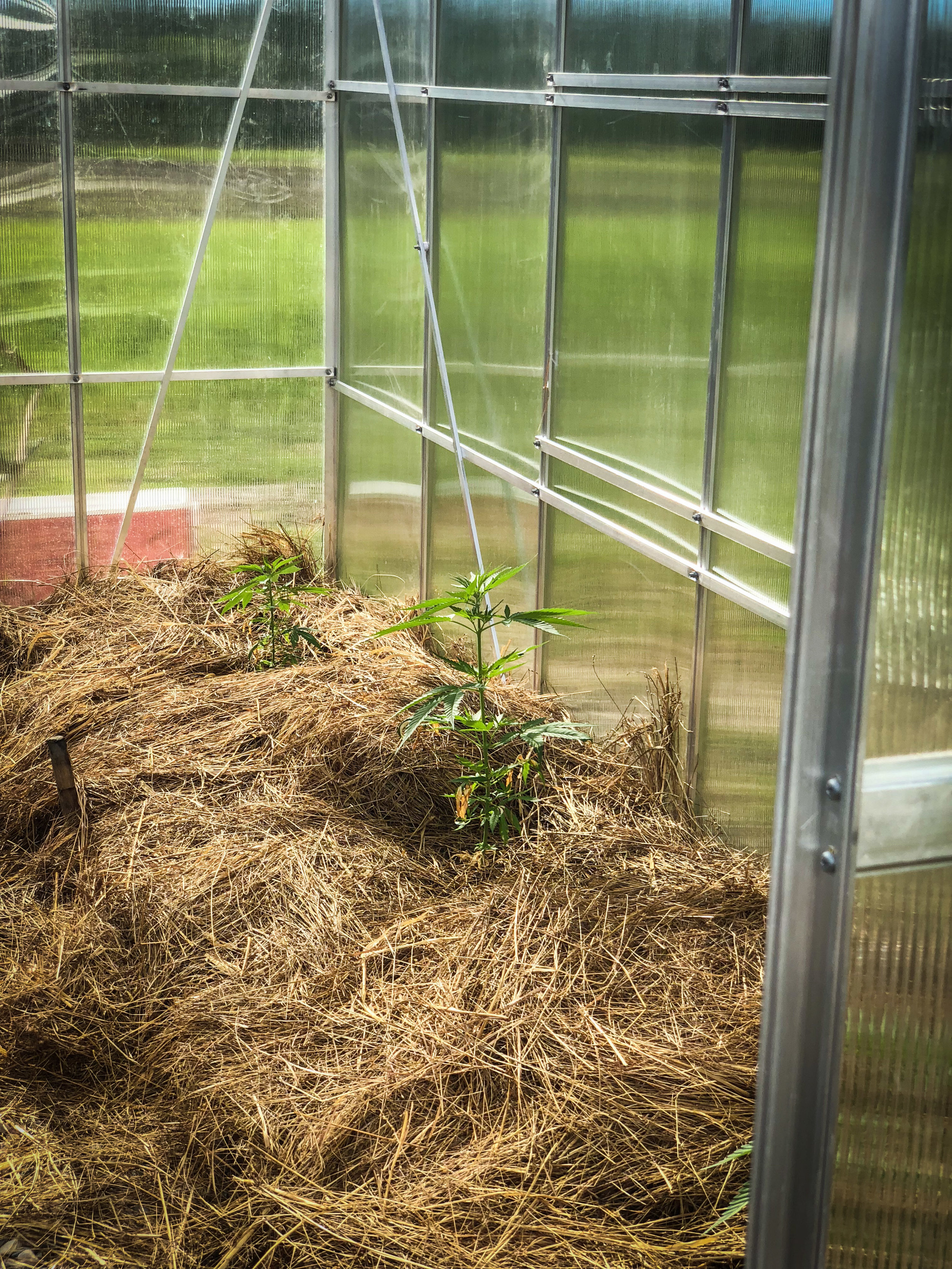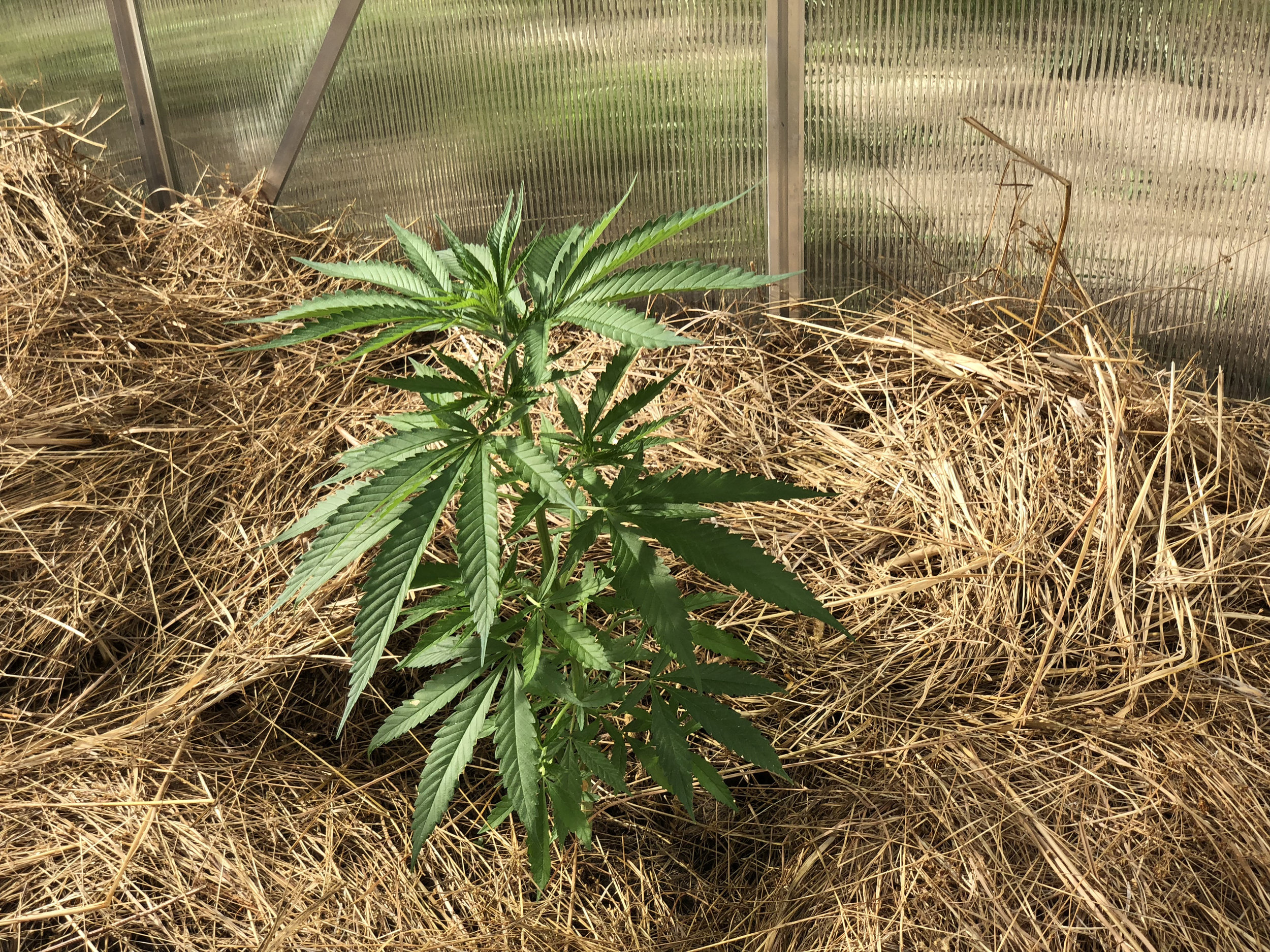Our Hemp Plan
2018 Hemp Harvesting Plan
In 2018, we are making plans to grow the next economy. The Green Path is upon us. That is to say, I have 8 acres of hemp, and that hemp is growing. Growing so well, that it’s up to eight feet tall in some places, and harvest time is coming soon. No more talking about what I am going to do, time to take action. The plants demand it.
This field, leased to me by the White Earth Nation, consists of 6 varieties of hemp, 4 varieties for fiber and 2 varieties for grain. They are top-of-the-line varieties from Europe, which the Tribe sowed last year. What’s most amazing, is that these all volunteered, we sowed no seeds on this field this year. Last year, our tribe went to great lengths to get these varieties, and they grew well. This year, getting seeds was more difficult; I’m not sure if it was the Trump administration, or seed failure, but what I have to say is that I’m grateful for a field which as of the 6th of July was between two feet and eight feet tall. I’m grateful to the White Earth tribe and I am committed to taking care of these plants. This is the next economy.
We will hand harvest this field with our families, in a series of staggered harvests. We need to do this because we are harvesting for different parts of the plant, and some plants are maturing at different rates. Some of the plants we will save for seed, since it’s hard to come by, and this is two years adapted to northern Minnesota.
Our plan is to harvest the areas of the field for fiber first. These sections of the field will be harvested before the seed head develops because this will produce the best fiber. The plants should be 5 to 7 feet in height and a diameter under ½ inch. The plants will be cut with a scythe tied into bundles- or “shocked”. Some of the bundles will be water retted and others will be field retted. Retting is a natural process that helps separate the bast fiber from the hurd. After the retting the hemp will be process through a decorticator. The fiber will be evaluated and determine what would be suitable for cordage or weaving. The hurd will be separated and an evaluation made to determine the best use of that product.
We think that about four acres of the field will be ready to harvest in mid-August. The remainder of the field to be harvested in the end of August. A select portion of the field will be left to mature and this will be harvested in mid-September. The purpose of this is to evaluate grain production and potential seed for next year. This will again be hand harvested, cutting and bundling the hemp, shocking it, and then harvesting the seed heads. The mature stalks will also be evaluated for its fiber and hurd. The seed heads will be flailed to remove the seed. The seeds will be dried and stored.
Our other areas plants are growing are at our farm near Osage, MN. This plants have been hand-planted and are mostly CBD varieties. These plants will also require hand-harvesting and processing. We are also planning workshops to teach the community about these processes.
Processing
Harvesting, shocking, and retting are only the first steps in the process. Once the plants have been retted, they need to be decorticated, which is separating the bast fiber from the hurds. We have spent the spring researching decorticators, and plan on purchasing a medium sized decorticator, and plan to have it working by the fall. The hemp will be retted in the field and will be working on several retting options, to learn what works best for our climate and community.
Once the hemp has been decorticated and we have pure fiber, this fiber must be spun into thread, or braided into cordage. Right now, there is no hemp thread or hemp cordage facility in the United States. We need a facility for all of this work, and we are planning to buy a building in Callaway Minnesota. It’s a 30 by 70 heated industrial building on the reservation, which will be perfect to begin our processing operations. These are the next steps we need to take to re-build the hemp fiber industry, and hope you will join us. We continue to look at models around the country, and internationally. We are looking at many models, and are talking to many people. We are all committed to the plant and to each other.
Our Philosophy
At Winona’s Hemp, we are about the whole plant. The whole hemp plant. We do not want to turn the plant in to a slave, and we want to be as respectful of this magical plant as we can; working with all of it. Since the plant was criminalized in the l940s, we have to rebuild the hemp industry, and rediscover how to work with the plant. We have the opportunity to be the leaders in this new economy, and we are going to make it- together.
In the end, what we have come to understand is that we are all working on this together. Over 80% of the stalk is hurd, so we will finding the best uses of this part in our community. We are looking at hempcrete, paper, bedding, and insulation. The fiber is a small part of the plant, and we want to make good quality fiber and it will take time to rebuild the infrastructure for processing hemp fabric. To begin with, we deal with what we have before us- plants nearly ready for harvest.

















